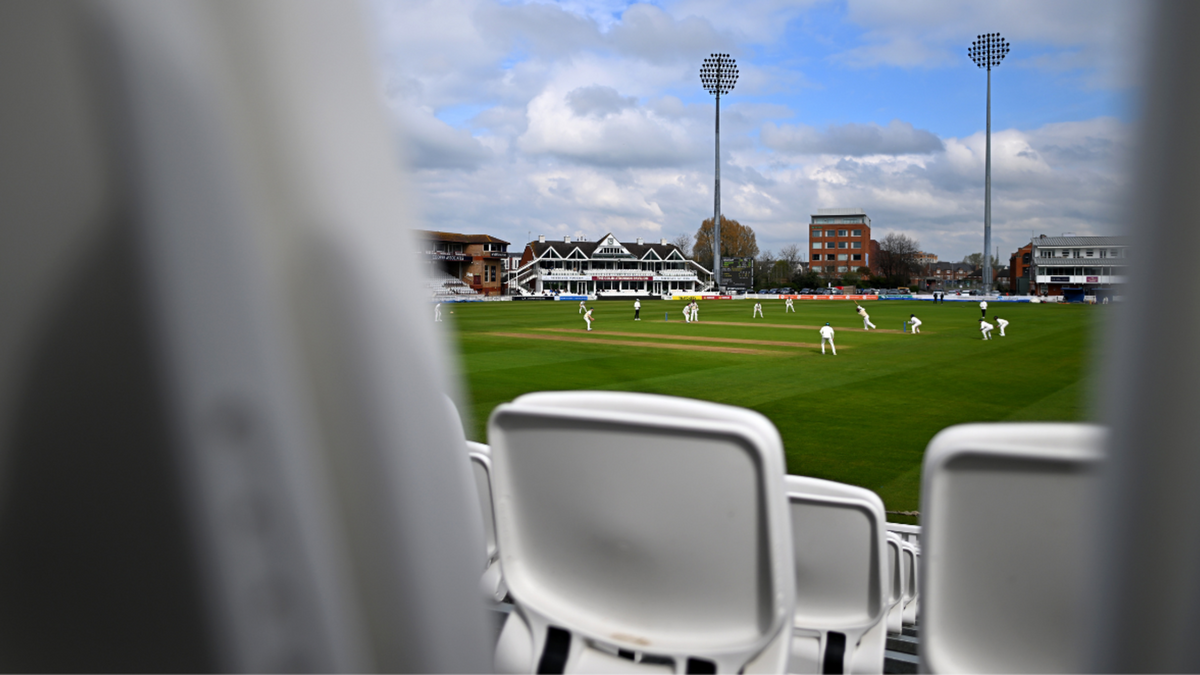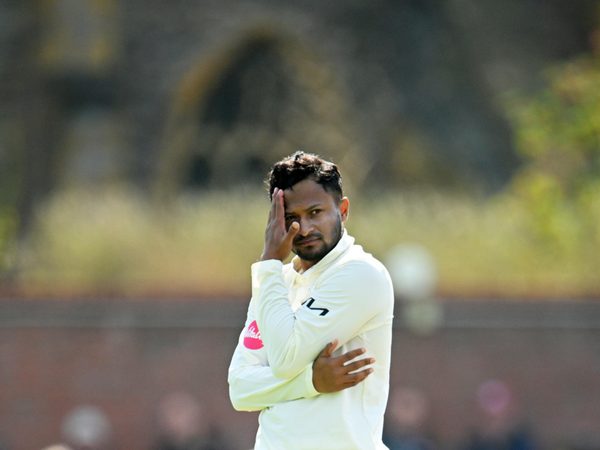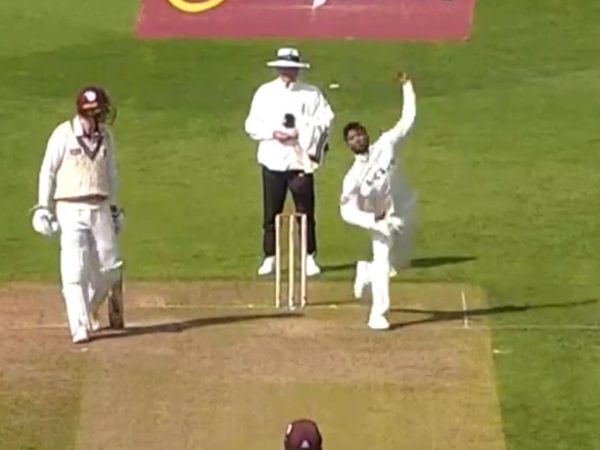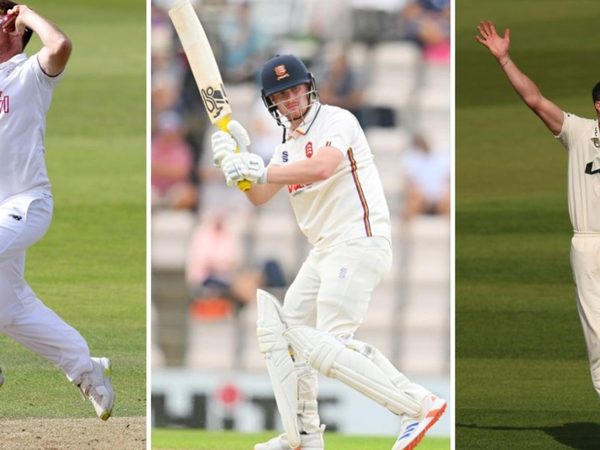
Ben Gardner picks out four storylines to follow ahead of the 2024 County Championship season.
Give yourselves a pat on the back, you’ve made it through to the other side. You’ve ridden out another winter, with temperatures lower than Chris Martin’s batting average and barely enough daylight hours to squeeze in a T20 game. Now the clocks have gone forward, the covers are being peeled off and the bats and pads are being fetched down from the attic. The County Championship starts this Friday. Glory be.
While all of English cricket’s domestic subplots remain present – the schedule, the balls, the Surrey dominance – this year there will be heightened interest from a Test selection viewpoint as well. Heading into 2023, a one-run defeat after enforcing the follow-on against New Zealand had done little to dull the sheen of a national side revitalised and a new style implemented. Now, after a succession of spurned opportunities, England are without a series win since 2022, and finished the India tour with an on-the-plane performance to sit alongside the bad old days.
While both are threatening after promising recent results, the visits of West Indies and Sri Lanka makes for one of England’s lowest key modern summers, with the need to win now and plan for the Ashes in 2025/26.
There have been admissions of what needs to change in the approach, with refinement needed and hard conversations to be had. But there are also considerations from a pure personnel point of view, and a block of eight County Championship rounds before the T20 Blast starts offers players the perfect opportunity to make a case. Four strands stand out as narratives to follow.
Which spinners will play, for England and below?
The single biggest positive from England’s tour of India was the emergence of two genuinely promising spinners, and the confirmation that another, Rehan Ahmed, is the real deal. It meant England did not overly miss Jack Leach, ruled out of the tour after the first Test, and left them with a good headache going forward.
What makes this debate all the more intriguing is the contrasting strengths and weaknesses of each. Leach remains the most reliable, but questions remain over his incision and availability. Tom Hartley can bat handily, improved in the first innings as the series progressed, and showed his match-winning qualities in helpful conditions in the first Test. Bashir might have the highest ceiling as a pure spinner, with his stock ball the best of the lot. There might also be a similarity to Nathan Lyon that could prove crucial for the Ashes next year. Ahmed is the most promising batter of the lot, and as a leggie offers an X-factor. If Ben Stokes returns to the all-rounder role, the need for a spinner to make up the overs will be lessened, and a partnership breaker becomes more attractive.
The decision could come as much down to the profile of player England’s team needs, as much as to form. But an early season bagful won’t hurt, and in this regard, it is unclear who will actually play. Ahmed certainly will, though potentially as more of a batter than bowler for Leicestershire in the early season. Whether Bashir plays depends on Leach’s fitness, with the pair sharing a Somerset dressing room. Hartley is likely to be edged out of the Lancashire XI by overseas signing Lyon, though he will leave after seven games. England might need to take another punt when Test selection time rolls around.
Is this the year England’s wicketkeeping duopoly is broken?
For over half a decade now, ever since Ben Foakes’ brilliant century on debut in Sri Lanka, the debate over who England’s Test wicketkeeper should be has rumbled on. In the Ashes, Jonny Bairstow was preferred, and while he batted well, several opportunities slipped through to cost England in the first two Tests. Foakes returned for India with Harry Brook absent and where the value of good glovework is increased, but while he showed his skills behind the stumps, in front of them he failed to fully make his case, struggling to shepherd the tail and contributing to stands without making a score of significance.
Bairstow also had a tough series, attacking from the off with little staying power. He is 34, and is yet to return to his best since a leg break, continuing a streaky Test career. He is in the IPL, but right now, is still the most likely choice to take the gloves in the first Test of the summer. However, several candidates are bubbling under. Ollie Robinson was one of the main drivers of Durham’s promotion tilt last summer. Should he reprise his form in Division One, his case will be attractive. Somerset’s James Rew, Essex’s Jordan Cox and Surrey’s Jamie Smith are three younger talents to keep an eye on. Phil Salt, like Bairstow, is at the IPL, but has an intriguing case, with a Division One average of 42 in the last two seasons.
What is England’s fast bowling pecking order?
Last winter, when the ECB announced a raft of multi-year central contracts for the first time, one of the most eye-catching aspects of the list was the number of fast bowlers who had signed deals. A total of 14 quicks were drafted in, including several fringe fast men on multi-year deals – the likes of Brydon Carse and Josh Tongue. On the one hand, it pointed to encouraging strength in depth. On the other, it demonstrated how unclear the line of succession is, a question increasingly pressing after the retirement of Stuart Broad.
James Anderson is 41 years old, and while questions about his age have floated around for years, England need to assess how likely he is to carry on into next year’s Ashes, and possibly have a serious chat. Mark Wood is the only quick on a three-year deal, but endured a poor winter, and can’t play every Test. Ollie Robinson might have been stung to get a one-year deal, and bowled without venom in his one Test in India.
Six wickets for Matthew Potts for England Lions this morning!
He made a habit of destroying the stumps too pic.twitter.com/vzstEq3VDc
— Vitality County Championship (@CountyChamp) January 25, 2024
If England are prioritising immediate success, Chris Woakes, Player of the Ashes, comes straight back into the XI, but if they are balancing planning for the future, they should consider how useful that would be. Gus Atkinson and John Turner will just want to bowl after months of their promise being praised without playing all that much. Matthew Potts excelled for England Lions in India, and has always banged the door down for Durham. England will need a cadre of quicks to challenge in Australia. This summer is about identifying who those are, and what order they fit into.
Can anyone “do a Harry Brook”?
Harry Brook came into the 2022 County Championship season with a first-class batting average of 27. By the start of the summer, even England’s most esteemed pundits were suggesting he make the XI over a man with two Test centuries that year already. England already have a problem of plenty in their top six, which they solved last summer by giving Bairstow back the gloves. But the side is not so settled that the announcement of an extreme talent wouldn’t sway the conversation.
“Hopefully this is the year that I do a Harry Brook,” is how Jordan Cox, who switched from Kent to Essex in the off-season, put it a week or so ago. And there will be plenty of others hoping to put their hands up. Sussex’s James Coles and Lancashire’s Josh Bohannon are two not yet to get a go who could be close soon. Keaton Jennings, also of Lancashire, and Surrey’s Dan Lawrence are two who have been tried before who will want to show a new level has been reached.








